Headless CMS vs Serverless CMS - What's The Difference

Co-Founder & CEO at TechMagic. Leading a full-stack development company that scales engineering teams and builds software products from scratch. Passionate about AI and innovations.
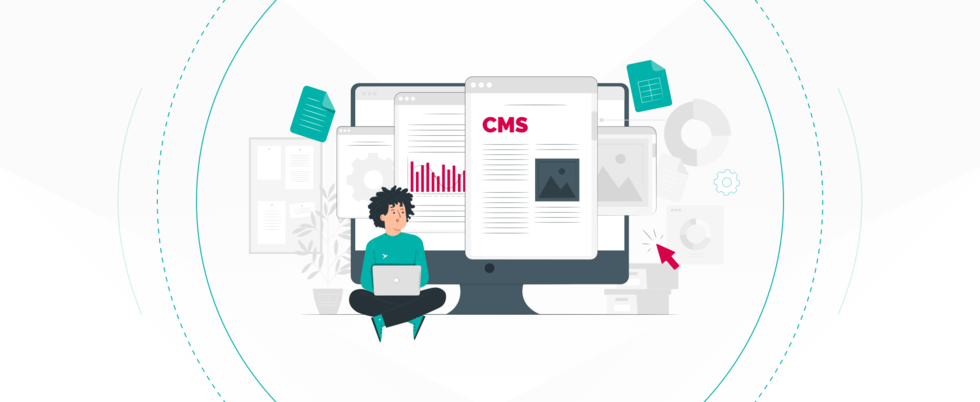
Find out more about different types of CMS and draw a little comparison of serverless CMS and headless CMS in today’s realities and challenges.
A content management system (CMS) is software that helps create and manage content without building a website itself. You don't write all the code from scratch or don't work with code at all. The CMS handles all the primary infrastructure duties like creating pages, storing images, etc., so that you can focus entirely on the content and its presentation.
To date, we have three types of CMS:
- Traditional
- Serverless
- Headless
Traditional (coupled, legal) CMS platforms like the well-known WordPress, Joomla, and Drupal give users total freedom in creating, editing, and publishing content via a friendly and intuitive front-end interface. With ready-to-use front-end templates, it's you who determines how the content will eventually be presented on the web page when the end-user opens it in their favorite browser.
Besides editing and presenting content, traditional content management systems assist marketers in creating page structure, templates, and a sitemap. All data and content itself are stored in the backend database, and this is what working with CMS looked like until quite recently.
In a traditional approach, the pre-built front-end interface manages the content distribution to a website or an app. And since the front-end template was so tightly coupled to the backend, both marketers and developers had limited flexibility in choosing places to push their content.
But then the Internet of Things came into our lives and changed content management systems once and for all. Headless and serverless CMS took their place under the sun. Let’s find out more about them and draw a little comparison of serverless CMS and headless CMS in today’s realities and challenges.
What is a Headless CMS?
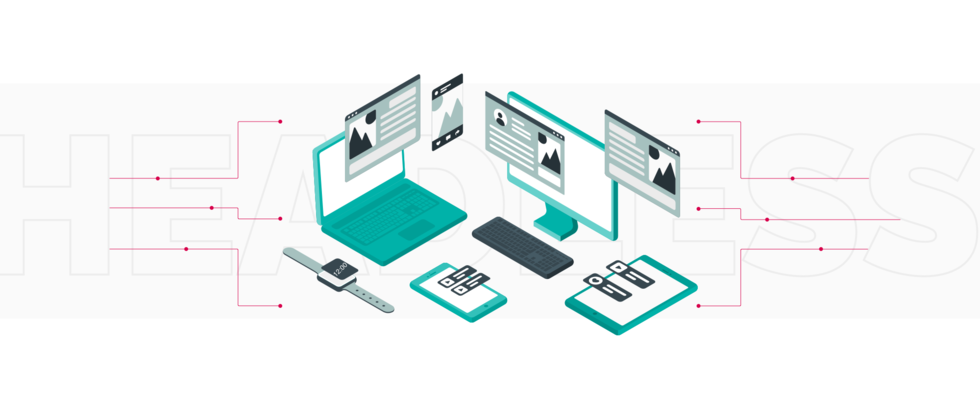
To define a headless CMS, think about front-end and backend parts as about the platform’s 'head' and 'body'. When you remove (or decouple) the head from the CMS platform, you get a pure headless CMS. As easy as it is.
A headless CMS is front-end agnostic. It means it doesn't have a front-end system to determine how your content will be presented to the user. Essentially, it acts as a repository that stores your content.
Since headless CMS platforms are API-driven and have no default front-end presentation layer, they are suitable for delivering content anywhere: websites, apps, smart-watches, billboards, etc. The developers can create multiple 'heads' if it’s needed.
What is Serverless CMS?
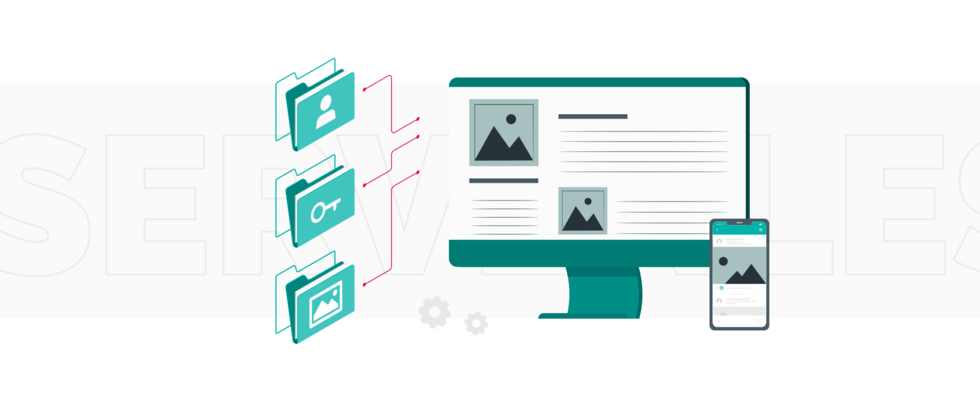
A serverless CMS, also known as hybrid or decoupled, is something in between. The traditional CMS is more marketer-friendly, while the headless CMS is more suited for developers. In its turn, serverless CMS give developers the freedom to deliver content across channels via API in the best traditions of headless CMS; simultaneously, marketers can benefit from operating with the user interface and user experience as it used to be with good old traditional CMS.
Long story short, a serverless CMS is a combination of the API-driven headless architecture with the front-end elements from a traditional CMS. It takes the best from the two above-mentioned approaches.
So, what to choose? What’s better? Headless vs serverless CMS?
Headless CMS vs Serverless CMS: the Main Differences
Working with headless CMS, marketers don't have a wide choice of tools for operating with content. Thus, all this work falls on the IT department. A scenario like this limits and, let's face it, demotivates marketers, distracts IT specialists, and, eventually, costs business extra.
But with the serverless approach, marketers get the tools to manage and update the content at their disposal. Thanks to this, developers can focus on higher-value work, and marketers can react quickly to their audience's behavior and update the content whenever needed.
These days, customers interact with digital content on multiple channels. According to all we already know, there is nothing better for a multichannel content presentation than headless CMS. Serverless CMS lets you impact more on how the content will be presented.
Headless CMS versus serverless CMS - the winner can be defined by your business type, its objectives, and the resources you have in your possession.
Harvard Business Review pointed out in one of their studies that the best strategy for embracing new technology is taking a hybrid content management system, or a Prius Approach as they called it.
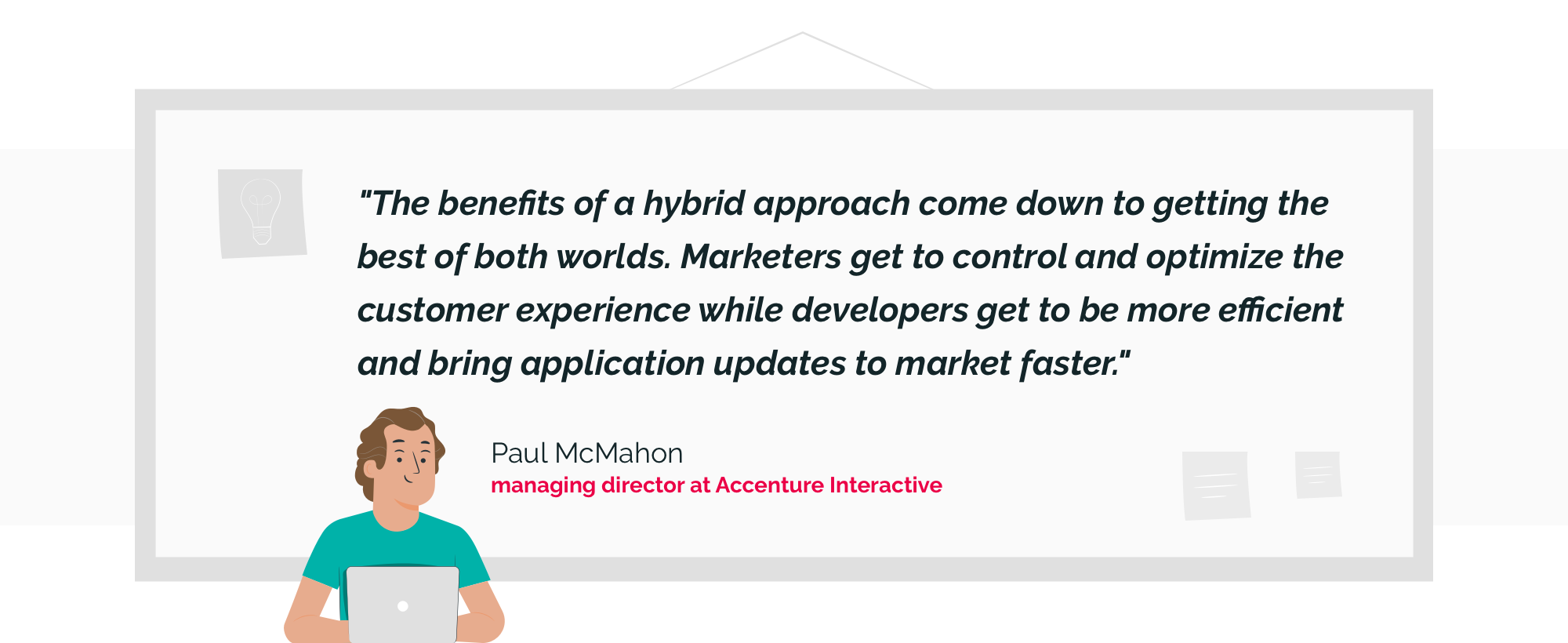
Headless CMS or Serverless CMS: What to Choose
It could be great to have a plain and simple answer on how to choose between serverless CMS and headless CMS. Which one is a golden mean? Is serverless CMS better than headless CMS? However, as it's been said, it depends exclusively on your business and its objectives as the foremost factor when choosing a CMS.
But what we do know is if providing experiences to billions of connected IoT devices is your goal and you consider your business as the one that's ready for this — go for the headless CMS. You'll be dealing with dynamic content, mobile experiences, connected smart devices, and more.
If, however, the authoring experience is your priority — maybe it'll be a better option to go for serverless CMS that offers more features for marketing specialists. To learn more about the benefits of serverless CMS solutions, check out this handy piece.
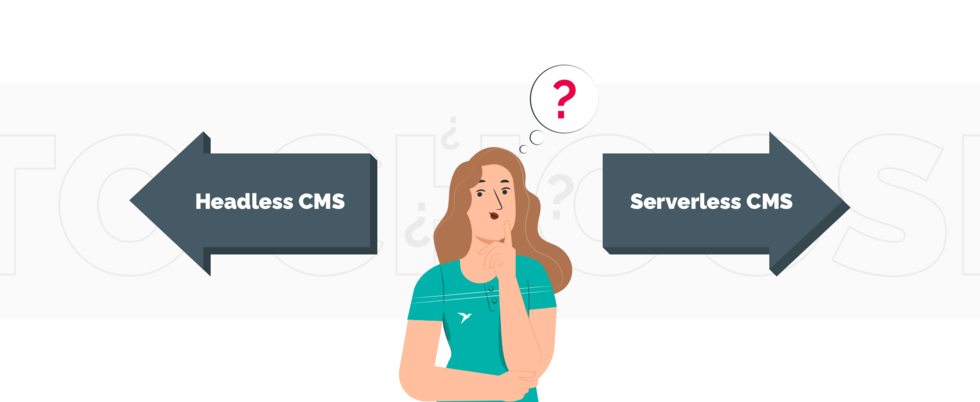
Most headless CMS platforms have the following capabilities:
- Content modeling
- Content authoring interface
- Content repository
- Content types
- Localization
- User roles and permissions
- Omnichannel content publishing via APIs
Serverless CMS platforms usually offer some additional features:
- Collaborative editing
- Content templates
- WYSIWYG editor
- Content versioning
- Approval & authoring workflows
- Content personalization
So we can't define any of them as the better or the worse one; you need to determine which features you are looking for and what is better for you at a particular point; choose serverless CMS or headless CMS.
Our Experience
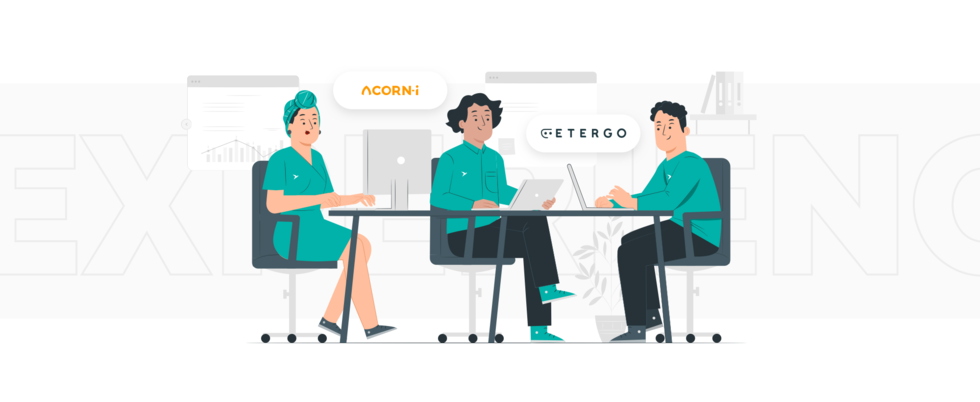
At TechMagic, we actively use the serverless approach in web development. Over 90% of our projects are built on serverless architecture and we are big fans of Amazon. Here are just two of our latest projects:
Etergo
Etergo is an electric mobility company based in Amsterdam. It defines its mission as creating an environment-friendly automotive solution to make petrol transportation a missing thing. The Etergo team developed the AppScooter - an electric smart vehicle concept with music, navigation, and other useful features. It even allows communication into an intuitive and extremely user-friendly interface.
With AWS IoT, our team enabled synchronization with the backend and made it possible to receive and transmit telemetry on scooters for collecting information about a vehicle and driver.
We also integrated managed cloud service AWS IoT Core. It made it possible to connect scooters, send commands, and receive data.
Acorn-I
Acorn-I is an intelligent platform for brands and sellers, used for boosting their online presence and increasing income. It gives users access to priceless Amazon search analytics, real-time performance tracking, well-structured data, advertising, promotions, and so on.
While working on Acorn-I we used a data pipeline built on AWS Lambda functions and AWS QuickSight. It helps to represent data in grids and graphs.
If you have your idea and need help with serverless CMS implementation, we’ll be more than happy to bring it to reality.
Conclusion
So, eventually, which will be better: headless CMS or serverless CMS? The reality is that we can't underestimate the advantage of distributing content to multiple devices effortlessly. Still, headless CMS have their shortcomings — the most significant of which is the lack of a marketer-friendly environment.
Without a front-end interface, their proactivity will remain hampered by dependence on the IT department. Such over-reliance can cause internal conflicts and be highly risky, especially for startups.
In this setup, marketers have too little control over their content and remain disadvantaged whenever consumer behavior changes. With a headless CMS, they can’t do without an IT for assistance.



 Software Development
Software Development
 Security Services
Security Services
 Cloud Services
Cloud Services
 Other Services
Other Services
















 TechMagic Academy
TechMagic Academy
 linkedin
linkedin
 facebook
facebook
 twitter
twitter






















